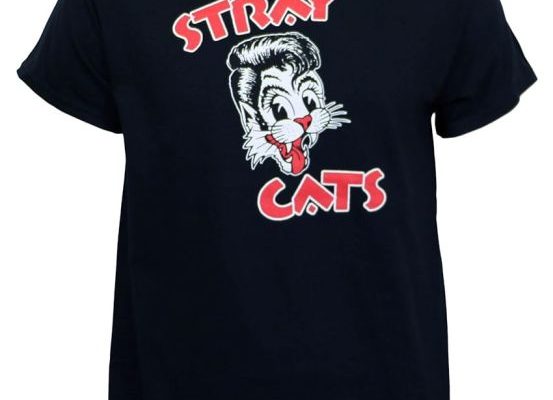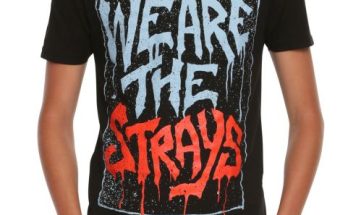In recent years, the phenomenon of stray merchandise has captured the attention of consumers and collectors alike, creating a unique buzz in various markets. Stray merchandise refers to items that appear unexpectedly outside their usual distribution channels or contexts, often carrying an aura of rarity and exclusivity. This unexpected emergence fuels curiosity and demand, making such products stand out in a saturated marketplace.
One primary factor contributing to the hype around stray merchandise is its element of surprise. Unlike traditional product releases that follow predictable patterns through official stores or authorized dealers, stray items seem to break free from these norms. They might surface as limited-edition drops in unconventional locations, leaked samples before formal launches, or even misplaced goods discovered by chance. This unpredictability triggers excitement among enthusiasts who are eager to uncover something rare and different from mainstream offerings.
Another aspect enhancing the allure of Stray Official Merchandise is its perceived scarcity. When products are not widely available or officially advertised, they automatically gain a sense of exclusiveness. Consumers often associate limited availability with higher value-both monetary and sentimental-which drives competitive purchasing behavior. Collectors especially prize these items for their uniqueness and potential future worth, viewing them as investments rather than mere commodities.
The storytelling behind stray merchandise also plays a significant role in amplifying interest. Each item carries with it an implicit narrative: how it ended up off-track from regular supply chains or why it was released unofficially adds layers of intrigue. Social media platforms further fuel this narrative by enabling users to share discoveries instantly across global communities. These shared stories create a collective experience that enhances emotional engagement with the product beyond its functional use.
Moreover, brands sometimes intentionally leverage the concept of stray merchandise as part of their marketing strategies. By releasing products through unexpected channels or creating controlled leaks, companies can generate organic buzz without traditional advertising expenditures. This approach taps into consumer psychology by fostering feelings of exclusivity and insider knowledge among early adopters.
In conclusion, what makes stray merchandise stand out is a combination of surprise elements, scarcity-driven desire, compelling backstories, and savvy marketing tactics that together create a powerful hype cycle. As consumers continue seeking novel experiences amid abundant choices, these rogue products offer fresh avenues for discovery and connection within diverse marketplaces worldwide.




